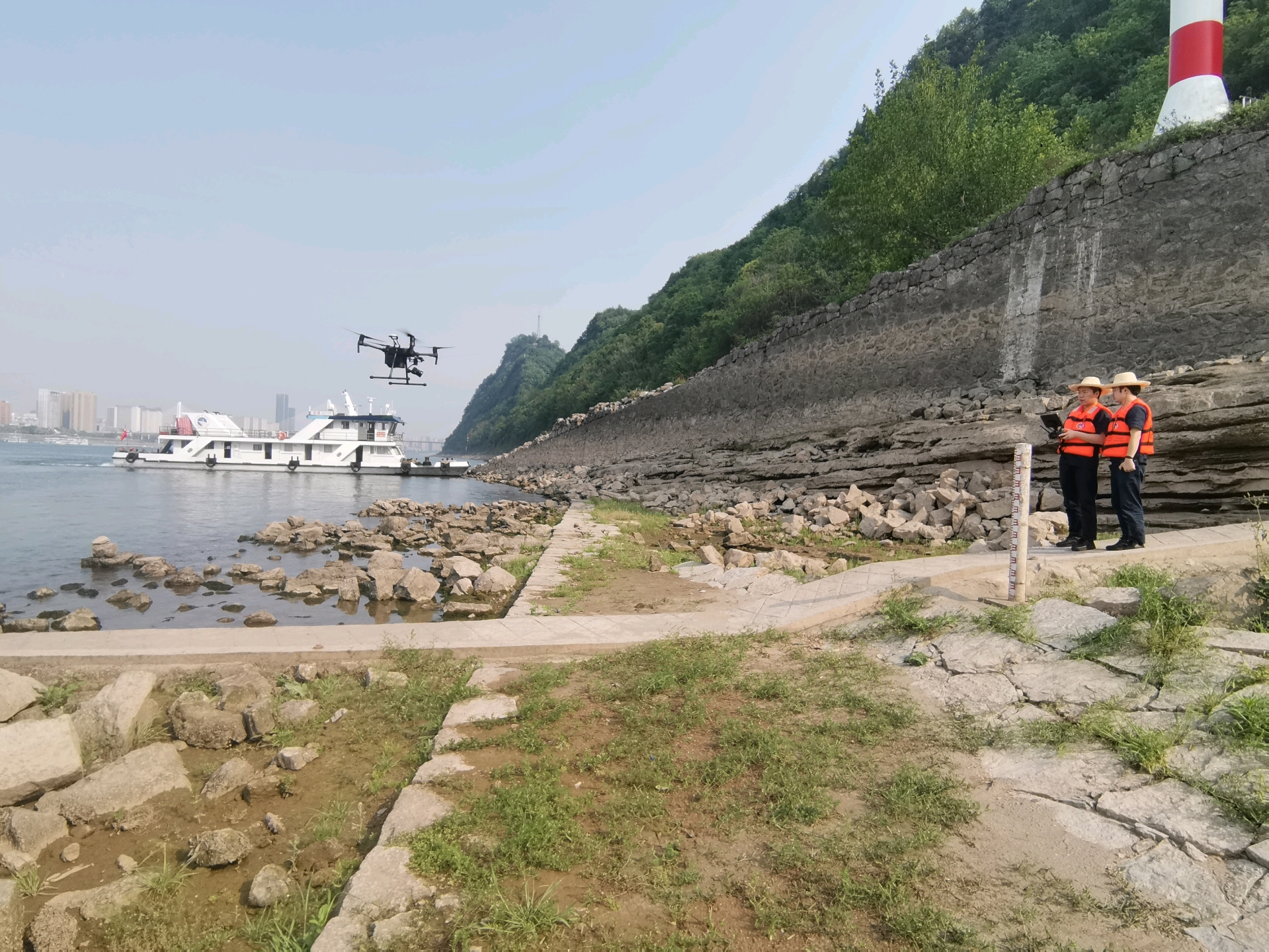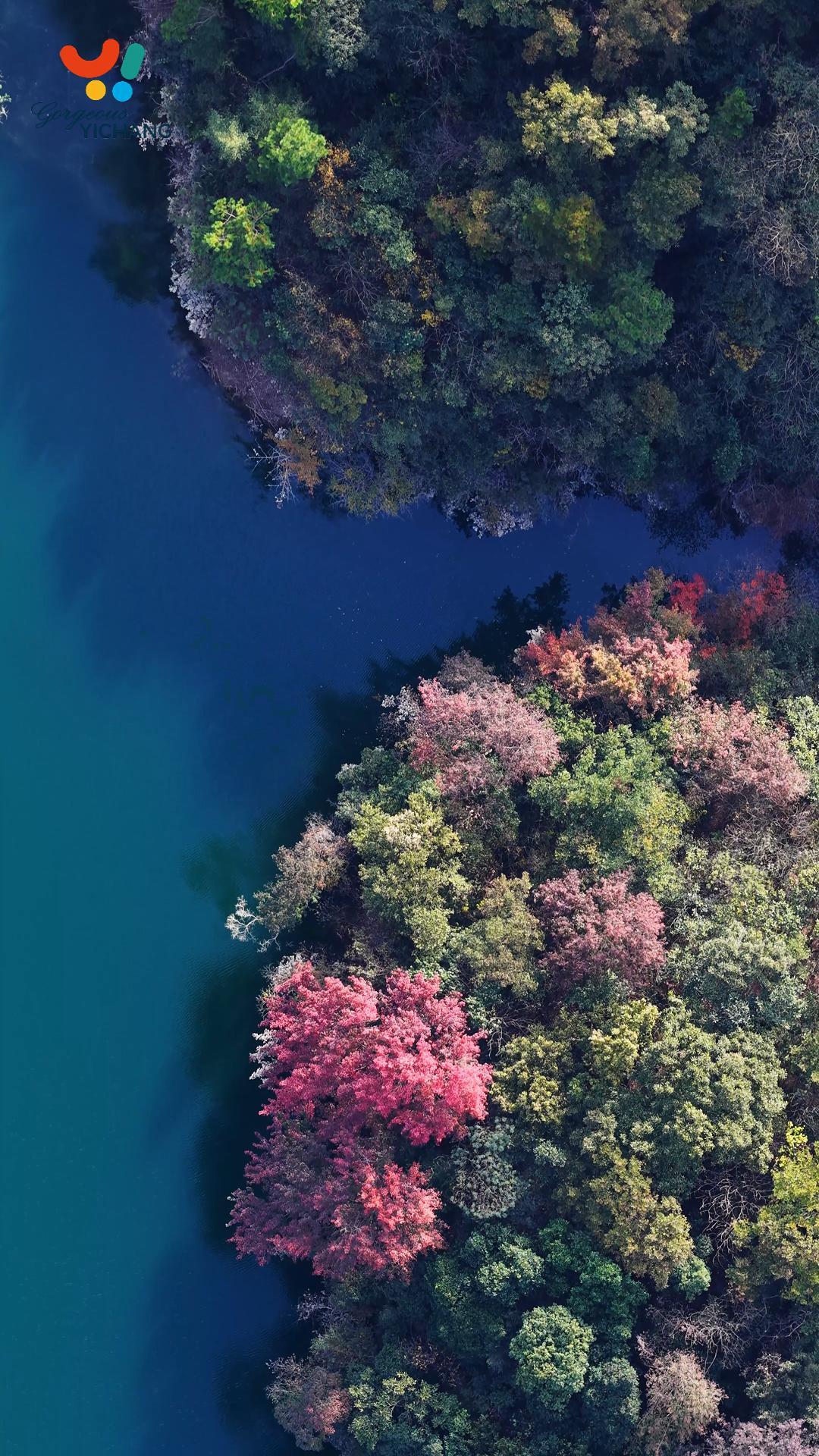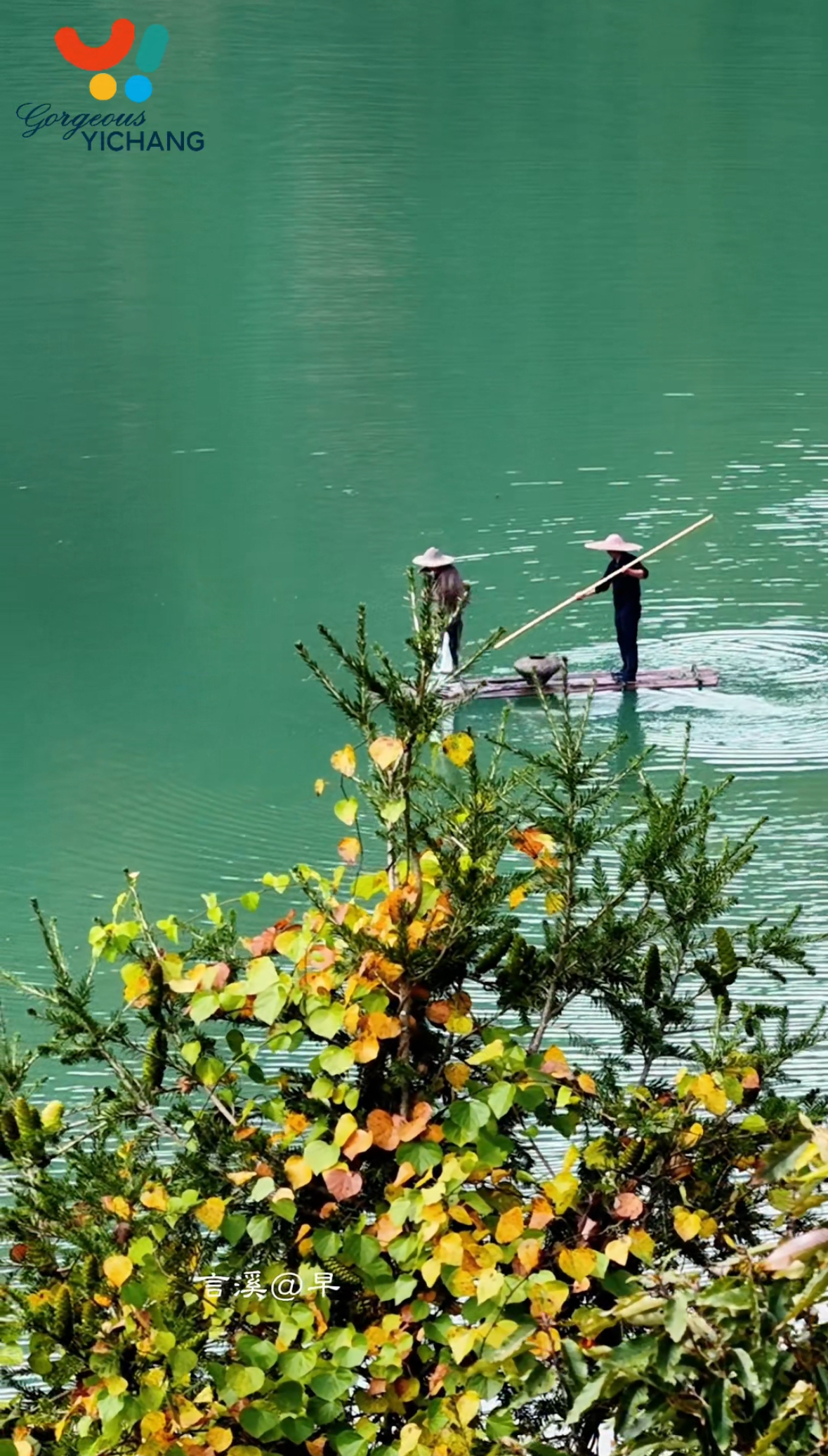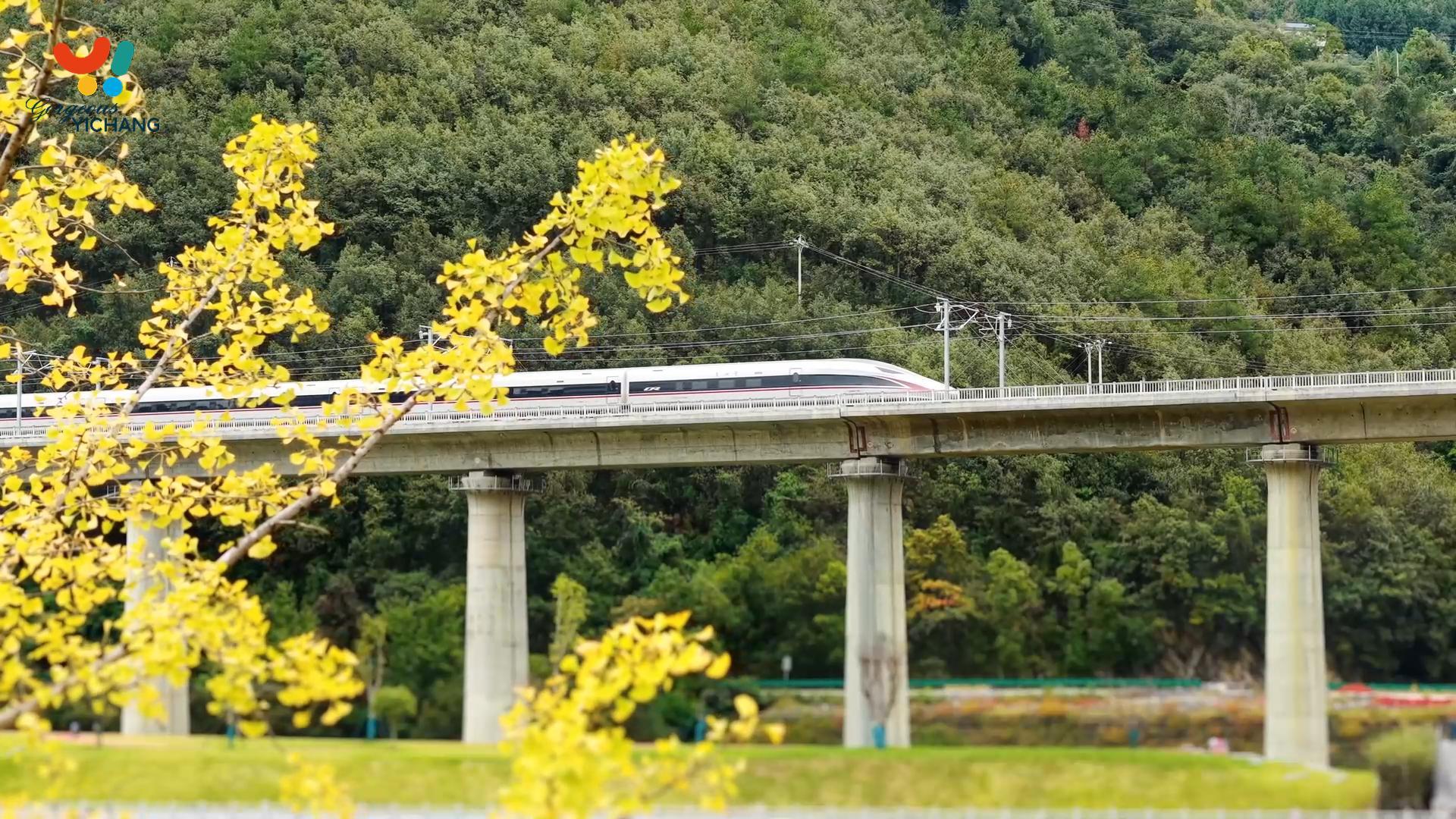Drones power smart patrols on the Yangtze River
2025-11-09 19:11:07
By Chen Si.
A drone has been launched for autonomous patrols over the Yidu section of the Yangtze River, marking the start of the river’s new era of intelligent maintenance.
Details of this key stretch of the "Golden Waterway" were displayed in real-time on screens at the Navigation Operation Command Center of the Yangtze Yichang Waterway Bureau, including the cleanliness, alignment and displacement data of navigation marks on the river.
A drone has been launched for autonomous patrols over the Yidu section of the Yangtze River, marking the start of the river’s new era of intelligent maintenance.
Details of this key stretch of the "Golden Waterway" were displayed in real-time on screens at the Navigation Operation Command Center of the Yangtze Yichang Waterway Bureau, including the cleanliness, alignment and displacement data of navigation marks on the river.
 Drone operators conduct an aerial patrol
Drone operators conduct an aerial patrolAs essential markers ensuring waterway safety, navigation marks play a vital role. Within the jurisdiction of the Yangtze Yichang Waterway Bureau, waterways extend 196 kilometers and include 392 navigation marks.
In the past, inspecting a single navigation mark was time-consuming and inefficient because the task required sending manned vessels and was highly dependent on weather conditions.
“Now we just set the route with several clicks of the mouse, and the drone takes off immediately. A thorough inspection of a navigation mark can be completed within half an hour, several times faster than before," said Wan Chengyao, a staff member of the Navigation Operation Department, while operating the system at the command center.
On the screen, operators can easily switch between the drone’s cameras, showing detailed images of even water stains on the navigation marks’ surfaces and minor wear on brackets. High-definition images have achieved a major leap in inspection accuracy.
Today, drones have become the "airborne guardians" of the Yangtze River.
At the end of August, during the Yangtze Main Line Waterway Maintenance and Dredging Project, a navigation mark in the Zhijiang Waterway suddenly triggered an alarm. The command center quickly dispatched a nearby drone to the scene.
Within just over 10 minutes, the drone arrived and sent back high-definition real-time video which showed the specific deviation of the navigation mark from its original location. This information enabled staff members to draft and execute a restoration plan and quickly removed navigation risks for passing ships.
"The mobility of drones and the efficiency of information transmission make them a powerful tool for waterway safety inspections," Wan said.
In key locations such as navigation channels under bridges and anchorages, drones can conduct inspections along preset routes to patrol these targets and navigation-aid facilities around them. After heavy rain, strong winds or other extreme weather, inspection frequency is increased to ensure navigational safety.
By monitoring the integrity of navigation-aid facilities through high-definition images, drones can not only ensure the safety of ship navigation but also identify and address hidden hazards early.
Currently, the Yangtze Yichang Waterway Bureau operates four drone stations and more than 10 drones of various types in its jurisdiction, forming a full-coverage inspection network for key waterway sections.
Drones have also been applied in the inspection of navigation structure condition. They fly autonomously along spurs and revetments to capture structural changes through multi-angle shooting and AI image comparison.
"Continuous and comparable image data provides a scientific basis for annual surveys," said Yang Huibo, another staff member of the bureau's Navigation Operation Department.
Ma Suiyang, Director of the Navigation Operation Department of the Yangtze Yichang Waterway Bureau, said: "In the future, we will continue to promote the in-depth integration of drones with cutting-edge technologies such as 5G and artificial intelligence, and apply them across additional scenarios."
Wang Ying and Li Qinggui also contributed to this story.






